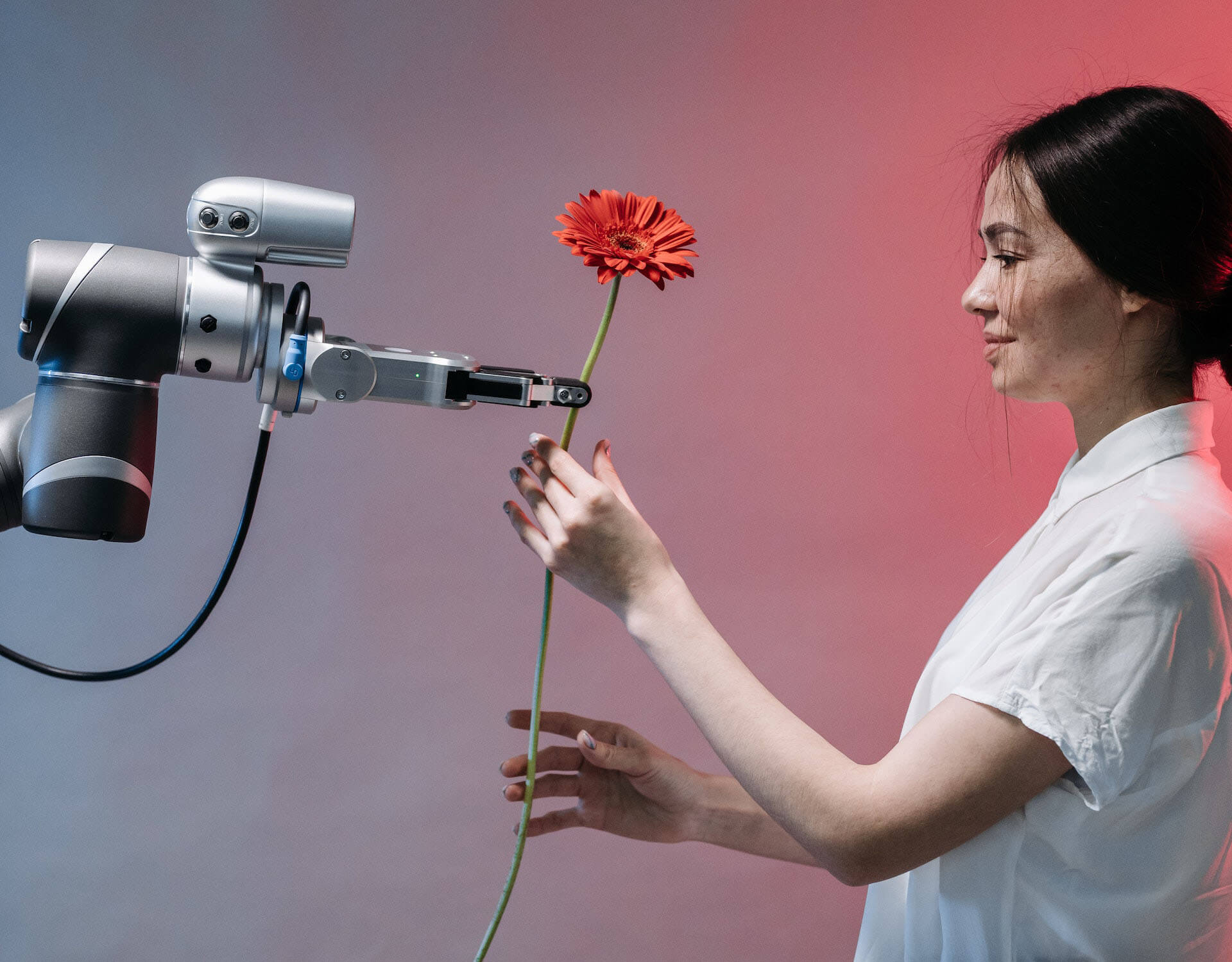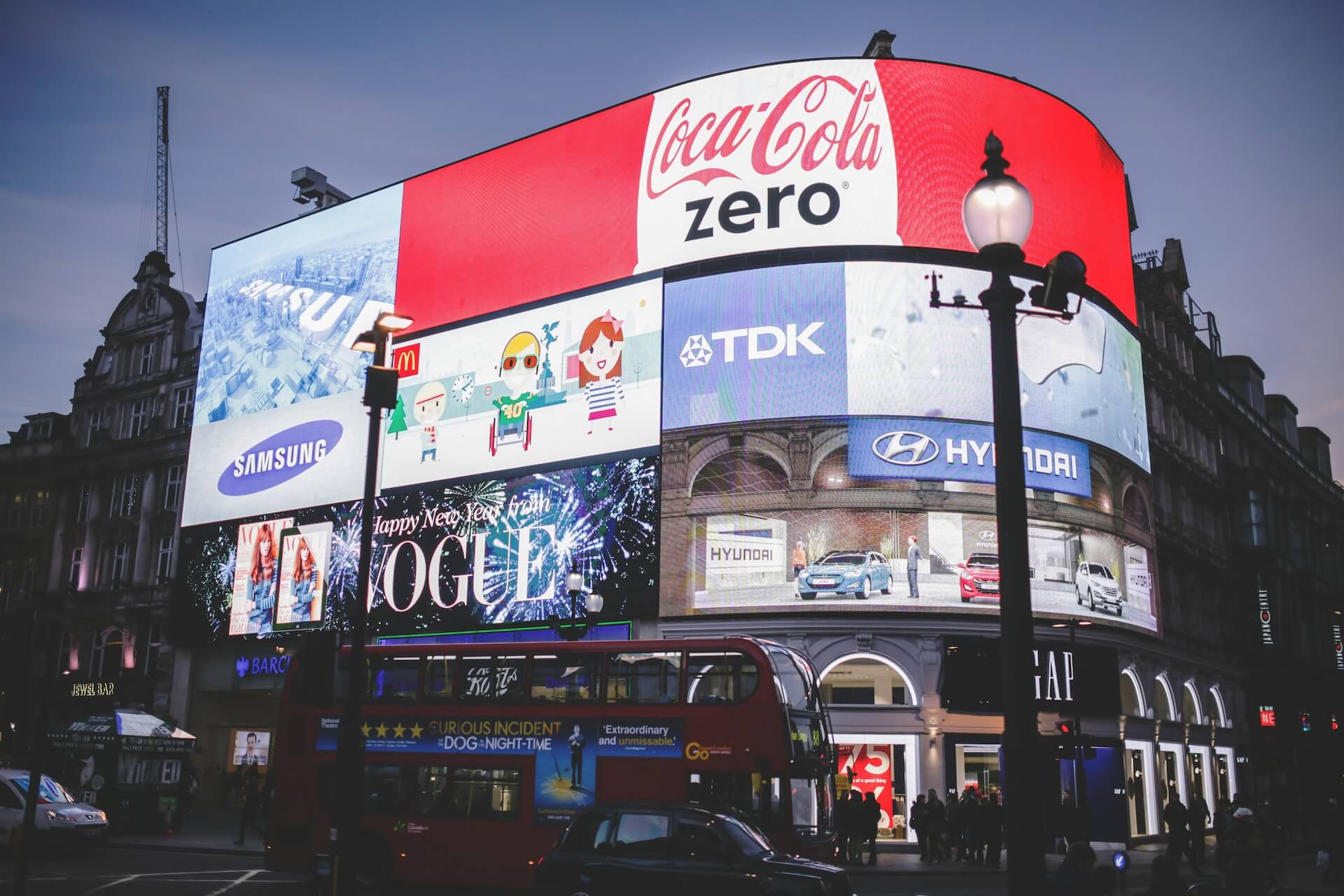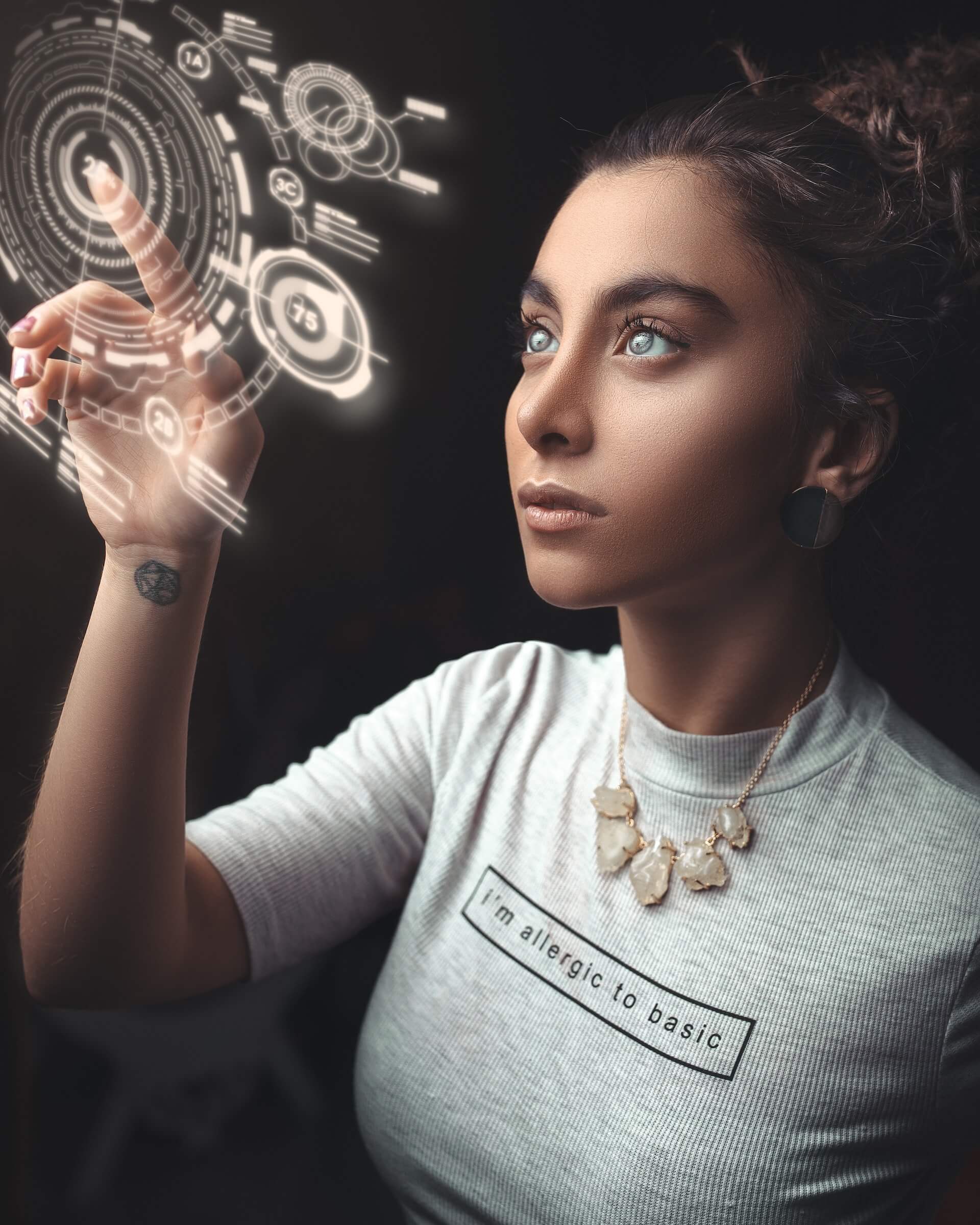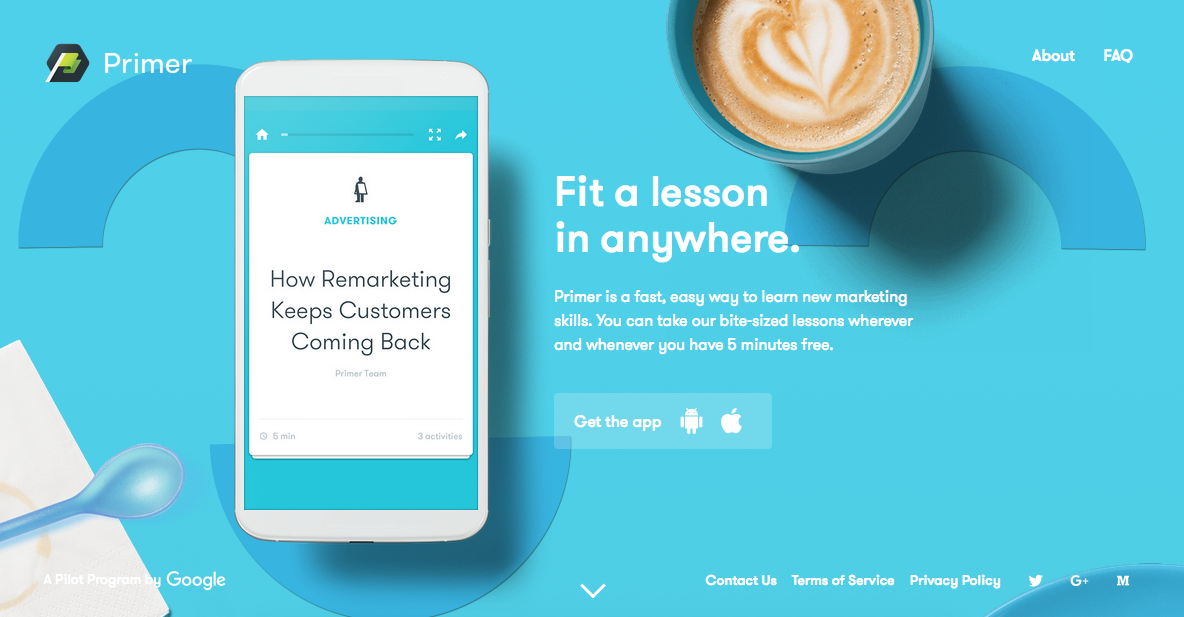AI and the changing media landscape
How the rise of ChatGPT and other AI tools stand to completely disrupt the media landscape
Whenever we read about topics like Artificial Intelligence (AI) and Machine Learning (ML) the first thing that pops to mind are sci-fi movies like The Matrix, iRobot etc. And while the development and evolution of these technologies are happening at a fast pace, the majority assumption is still that one-day robots and computers will be able to do all our work without any intervention. The same is the case with ChatGPT – the revolutionary chatbot which is making headlines across the world due to its wide application and possibilities. It is being looked upon by some as a tool that will soon replace humans in the job market. Although this is not entirely accurate, AI tools like ChatGPT are certainly capable of disrupting the way various industries function. Take the media landscape for example, even in their current forms, AI tools like ChatGPT are revolutionizing the way news and other forms of media are produced and consumed. In this article, we’ll dwell in detail on how AI is changing the media landscape and what the future holds for this exciting technology.
AI and Media: An Overview

Artificial Intelligence can be broadly defined as the use of machines to perform tasks that normally require human intelligence. Common examples of this include self-driving cars and chess engines, both of which have been shown to outperform the human brain in many cases. Machine learning and natural language processing on the other hand are the two key subsets of AI that play a significant role in its real-world application.
Machine learning involves the use of algorithms that allow machines to learn from data and improve their performance over time. Natural language processing, on the other hand, is a branch of AI that deals with the interactions between machines and humans using natural language. Speech recognition tools like Siri, and Alexa are great real-world examples of this. They make use of Natural Language Processing to simulate human interaction, and Machine Learning algorithms to respond in a way that is similar to how a human would respond.
And it is the combination of these two technologies that have led to the development of powerful tools like ChatGPT, which can understand human language, generate text, and even carry out conversations with users. This technology has enormous potential to disrupt the virtual landscape in several ways such as:
Providing real-time customer support: ChatGPT can assist users in real-time, answering their queries, providing solutions, and assisting them with their problems. This capability has helped various businesses and organizations in providing better customer support to their clients and customers. Take companies like Meta, Canva, and Shopify for example, they are already making use of the technology that undergirds ChatGPT in their customer service chatbots. From addressing negative reviews plastered in the comment section to issuing notifications and troubleshooting ideas, its use and possibilities are increasing by the day.
In another case, a Toronto-based company – Ada – that automates roughly 4.5 billion customer service interactions recently partnered with OpenAI to use GPT-3.5, the large language model that is the foundation of ChatGPT, to make these commercial customer service chatbots more useful. They primarily program chatbots that can perform complex tasks such as booking a flight for an AirAsia customer or tracking orders and returns for Meta’s virtual reality products among other things.

Personalized communication: One of the key aspects of ChatGPT, which also contributes to its immense popularity, is its ability to engage in personalised and intuitive communication. It uses natural language processing (NLP) and machine learning algorithms to understand the user’s queries and provide relevant and user-friendly responses. Owing to this people nowadays have started to employ ChatGPT for a wide variety of novel uses ranging from crafting emails and asking for mental health advice among other things.

Enhanced productivity: ChatGPT has shown merit in automating repetitive tasks such as replying to standard customer queries, drafting email responses, issuing notifications etc, thereby allowing human resources to focus on more complex tasks. This is not only leading to enhanced workplace productivity for businesses and organizations but is also helping them in streamlining their operations. An increasing number of companies across the world have started leveraging ChatGPT-powered automated and intuitive chatbots to free their customer service representatives from such repetitive jobs.

Improved accessibility: Another way ChatGPT is disrupting the digital landscape is by making information more accessible to people with disabilities and to those who face language barriers. After all, not everyone in the world speaks the same language. The AI-based virtual assistant is capable of communicating with users in different languages, making it easier for non-native speakers to access the information they need.

Streamlining decision-making processes: Even in its current form ChatGPT is capable of analyzing huge piles of data, providing deep insights, and making sensible recommendations to its users. There are various examples over the internet where users have utilized ChatGPT for complex problem-solving, generating code snippets, and research data among other things. It has the potential to help businesses and organizations in better decision-making and in streamlining their processes, leading to more effective outcomes.

Innovative problem-solving: Lastly and most importantly ChatGPT’s machine learning algorithms enable it to learn from past interactions, which constantly keeps on making it more capable of innovative problem-solving. This capability has the potential to help users in addressing complex problems that would have otherwise been difficult to solve.

Now with all this potential, one thing is certain – ChatGPT will slowly and surely revolutionise the way written content is produced and disseminated across the world. And be it news media, advertising or social media, all the concerned industries will need to adapt to this trend sooner or later.
Its Impact on News Production

The news media is one of the industries that will be profoundly impacted by AI. By utilising AI-powered tools such as ChatGPT, news organizations in the future will be able to produce news articles with minimal human intervention. Already in their current state AI-powered tools can be used to scan and analyze vast amounts of data from various sources, including social media, news articles, and other online content. This can help journalists in identifying emerging trends, tracking breaking news, and gathering information from multiple sources in real-time.
Furthermore, AI can also be used to generate news articles automatically. ChatGPT, for example, can generate news articles that are indistinguishable from those written by humans. Such applications not only have the potential to revolutionize the news industry by reducing the cost of news production but to increase the speed at which news is disseminated.
However, the use of AI in news production is not without its challenges. One of the major concerns that exist today is the potential for AI-generated news articles to be biased or inaccurate. Even the tech billionaire Elon Musk pointed it out in one of his tweets. It will therefore be imperative for news organizations to ensure that AI-generated articles are fact-checked and reviewed by humans before they are published.
Its Impact on Advertising

The advertising industry is another area that is being disrupted by AI in a major way. AI-powered tools like ChatGPT are being used by various companies to analyze consumer behaviour and preferences, thereby enabling advertisers to deliver more targeted and personalized ads.
ChatGPT, for example, can analyze a user’s language patterns and social media interactions to understand their interests and preferences. This can help advertisers to deliver ads that are more relevant to individual users, thereby increasing the effectiveness of their advertising campaigns. AI can also be used to automate the process of ad creation. ChatGPT for example can generate ad copies that are tailored to specific audiences, thereby reducing the time and cost required to create ads.
In addition to standard content creation, ChatGPT can also help marketers with things like lead generation, email marketing, market research, search engine optimisation etc, which can in turn make their jobs much easier and increase work efficiency. Moreover, many organisations nowadays are also using ChatGPT for data organisation. To stay ahead of their audience’s needs, marketers today have to manage large amounts of data. And while spreadsheets like Excel or Google Sheets are convenient tools for managing such tasks, the entire process can be challenging for marketers who are not proficient in spreadsheet formulas. AI tools like ChatGPT can act as a boon in such situations. By entering customer information, research results, budgets and customer feedback, ChatGPT can easily generate lists of data in spreadsheet form.
However, despite all the advantages, the use of AI in marketing has its own set of drawbacks. One of the major concerns is the potential for AI-powered ads to be intrusive or annoying to users. It is therefore important for advertisers to ensure that AI-powered ads are delivered in a way that is respectful of user privacy and preferences.
Its Impact on Audience Engagement

AI is also changing the way media companies engage with their audiences. ChatGPT and other AI-powered tools can be used to create personalized content that is tailored to individual users. For example, ChatGPT can generate news articles, social media posts, and other content that is customized to a user’s interests and preferences. This can help media companies to build deeper relationships with their audiences by providing content that is more relevant and engaging.
Furthermore, as I mentioned above, AI can also be used to automate customer service interactions. Chatbots powered by AI can answer customer questions and provide support 24/7, thereby improving the customer experience and reducing the workload of customer service teams.
However, going forward businesses and organisations will have to carefully balance the drawbacks of AI to sustain its long time use. One of the major concerns with its use for audience engagement is the potential for AI-powered content to be too personalized or narrow, which could limit users’ exposure to different perspectives and viewpoints. It will therefore become important for media companies to ensure that AI-powered content remains balanced and diverse.
Future Trends

While current development in the field of AI and ML is mind-boggling, it is important to note that the rise of ChatGPT and other AI-powered tools is just the beginning of the AI revolution in the media industry. Heading into the future, we can expect this technology to evolve further and give rise to new and innovative software. Here are some future trends to watch out for:
AI-Powered Virtual Assistants: AI-powered virtual assistants like Google Assistant and Amazon’s Alexa are already being used by millions of people worldwide. In the future, we can expect these virtual assistants to become more sophisticated and integrated with media services, allowing users to access news, podcasts, and other content through voice commands.
Personalized News Aggregators: AI-powered news aggregators like Flipboard and Google News already exist, but in the future, we can expect these services to become even more personalized and tailored to individual user’s interests and preferences.
AI-Generated Video Content: While AI has already been used to generate written content, the technology is still in its early stages when it comes to video content. However, we can expect AI-powered video content to become more common in the future, with tools like ChatGPT being used to generate video scripts and even deep fake videos.
AI-Powered Media Analysis: AI-powered tools can already be used to analyze social media sentiment and track news coverage, but in the future, we can expect these tools to become even more sophisticated. Media companies will be able to use AI for analyzing audience engagement, predicting trends, and identifying growth opportunities.
Conclusion
The rise of ChatGPT and other AI-powered tools has already had a significant impact on the media landscape, and this impact is only going to increase in the future. AI has the potential to revolutionize the way news is produced, advertising is delivered, and audiences are engaged. However, all this will depend on how effectively concerns about its accuracy, bias, and privacy are addressed in the future while also ensuring that AI-powered tools are used responsibly and ethically.
As AI technology continues to evolve, media companies must be prepared to adapt and embrace these changes. The future of media is undoubtedly AI-powered, and those who are able to harness the power of this technology will be the ones who succeed.




